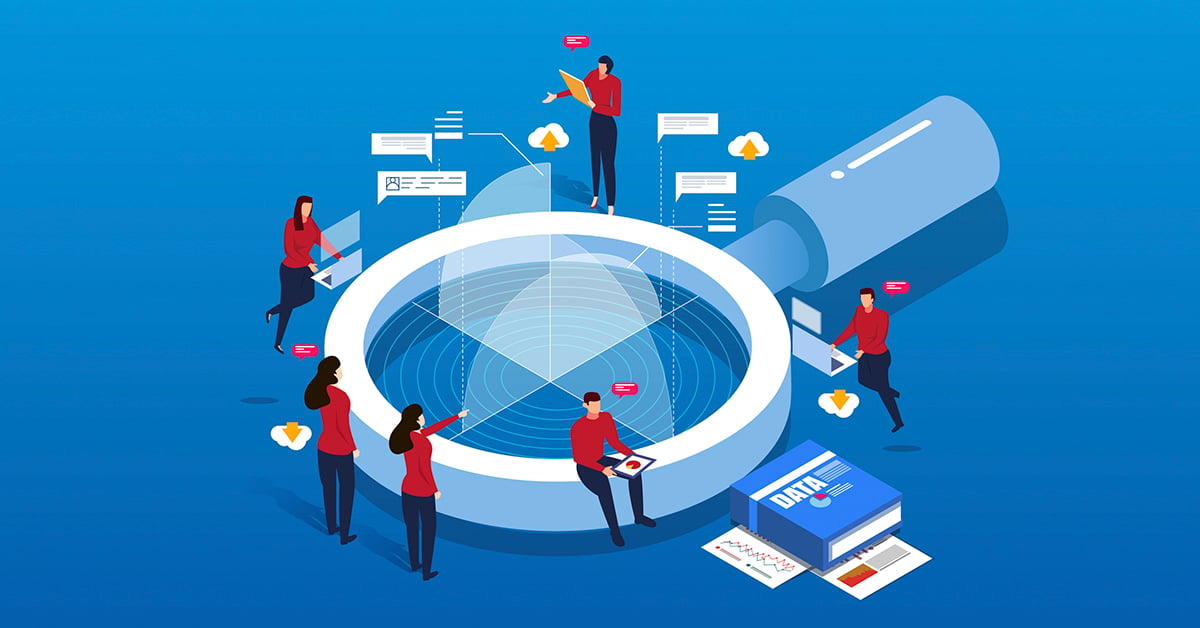In January 1996, Bill Gates published an essay titled “Content is King” on Microsoft’s main website.
“Content is where I expect much of the real money will be made on the Internet, just as it was in broadcasting.
The television revolution that began half a century ago spawned a number of industries, including the manufacturing of TV sets, but the long-term winners were those who used the medium to deliver information and entertainment.
I expect intense competition - and ample failure as well as success - in all categories of popular content. Not just software and news, but also games, entertainment, sports programming, directories, classified advertising, and on-line communities devoted to major interests.
But the broad opportunities for most companies involve supplying information or entertainment. No company is too small to participate.”
In 2023, we can see exactly how prescient this vision was.
Our omnipresent connectivity to the internet has changed the global landscape - just take a look at how streaming services like Netflix have disrupted traditional linear broadcast models. Or at how content has become a powerful weapon for professional services brands in B2B spaces.
Thought leadership pieces, blogs, digital whitepapers, podcasts and webinars have become vital weapons in the content marketing arsenal for professional services brands. And these are only set to become more influential in 2023.
Research shows that 57% of B2B marketers expect increased investment in social media/community building during 2023, up from 37% the previous year. Furthermore, 89% of B2B content marketers use short articles/posts, making them the top type of content used; video comes in second, with 75% using video, up from 66% the previous year.
So how can professional services brands use content? And more importantly - how can they measure if it is working?
Value exchanges
There are many reasons why professional services brands produce content. Content empowers marketers to:
Build relationships
The primary function of content is not just to illustrate your knowledge on a subject - but also your brand’s perspective, and provide evidence that you are up to date and full of thought leadership on all the key subjects that your services relate to..
Content embeds your brand in a conversation and invites prospective customers to join in. In niche professional services industries, the target market and audience size is generally small. Curating highly relevant, topical - sometimes even personalised - content is an effective route to reaching the right audiences and opening (potentially) lucrative dialogues.
But it has to be high calibre and non-generic. It can’t be too salesy or overtly self-promotional. And it has to be delivered at the right moment.

Codify and optimise
Content helps bring customers to you. It also helps you make sure that the first impression they get is a good one.
How your audience engages with content informs many things. Data will show you what works, what doesn’t - helping marketers optimise content, tone and presentation to better capture new customers.
It also is a powerful way to boost SEO rankings. Google rewards websites with higher rankings when they show that they are creating highly engaging content that is keyword targeted and well linked - leading to a higher Search ranking and consequently more site visitors.
Professional services brands can then position themselves very specifically. Any blogs, webinars or digital assets can be used cohesively to enhance the SEO rank.
While a great topical piece of content marketing can ride a wave of business need for information and bring you a burst of great natural search traffic, this also drives long term value. Strong SEO means brands will gain higher amounts of traffic long after the work is done. For example, a blog has a half-life (the time taken to reach half of its total lifetime views) of over two years. Combined with a good SEO strategy, content drives long-lasting results.

Slice and dice
If you have something interesting to say, it’s not a good idea to only say it once. Or only say it in one place.
Professional services brands often invest in producing bespoke research. These findings are often crucial evidence-points which cement their offer - and so brand marketers need to ensure they are getting in front of their target market. And the key to doing this is to slice and dice content across platforms and channels.
So research can become a gated whitepaper - which can be sliced into a series of short blogs or LinkedIn posts. Findings can be referenced in webinars or podcasts and these highlights shared as short, punchy video clips.
Professional services brands tend to have a high churn of content. But there is often scope to further maximise and extend the value of each piece of content. Good quality content is an effective way to drive sign ups, subscribers and top-end engagement. And so it should be squeezed for every drop.

Tracking the true value of content
A good creator will always have their audience in mind. This is especially true for professional services brands creating B2B content.
You need to know who you are getting in front of. And you need to know if it is working. The right words in front of the right reader at the right time can lead to multi-year projects worth huge amounts to the business. What are the needs, issues and questions that your content relates to, that can be mapped to services you know that you excel in?
These perfect leads are rare. So how should you engage them?
Strict cookie consent policies can leave brand marketers unsure of the true effectiveness of a content piece. Good content takes time to produce - so it’s imperative to know exactly the kind of ROI you are getting. In most processes, cookie consent is requested at the very beginning of the user journey. And consequently ‘decline’ rates are very high.
Brands should focus on earning consent as late through the journey as possible, once the readers have received a stronger value exchange.
One of the most straightforward options is to gate high value content by asking for data in exchange for a download. This can still be quite intrusive however. Many brands will prefer instead to ‘gift’ the content and use softer data capture options to entice sign-up - like a general or topic-specific email newsletter sign up at the end of a great piece of content.
Another strategy is to create a long-term value exchange through subscriptions. Insightful, regular newsletters with industry updates and market insights create lasting relationships and trust between brand and audience.
Brands that are rich in content can use preference models to encourage data exchanges with users in return for more personalised experiences based on their specific sector or topic interests. The greater the depth of the content, the higher the value for the user. And the more insights for the brand.
At Appius, we support our partners with their evolving content strategies. Our Net Experience Platforms improve content delivery efficiency, provide integrated collaboration tools for non technical teams and help brands understand the true value of their customer engagement - no matter where they are in content strategy maturity.

Content is king
You don’t need to be Bill Gates to understand why professional services brands and marketers are investing in content. It happens for much the same reason that Amazon invests in Prime Video: content is an alluring vehicle which brings audiences into your wider ecosystem. And there is naturally huge value in this.
Content helps professional services brands optimise their website and rankings, as much as it allows marketers to grow lucrative relationships with long-term prospects. But to do this, brands need to closely understand what resonates with their targets, and what separates them from the rest.
And just as Bill Gates predicted, no company is too small to participate.

To learn more about producing effective content in a creative and compliant way, get in touch with the team at Appius directly here www.appius.com/contact

.jpeg?width=120&height=120&name=Image%20(2).jpeg)



SUBMIT YOUR COMMENT